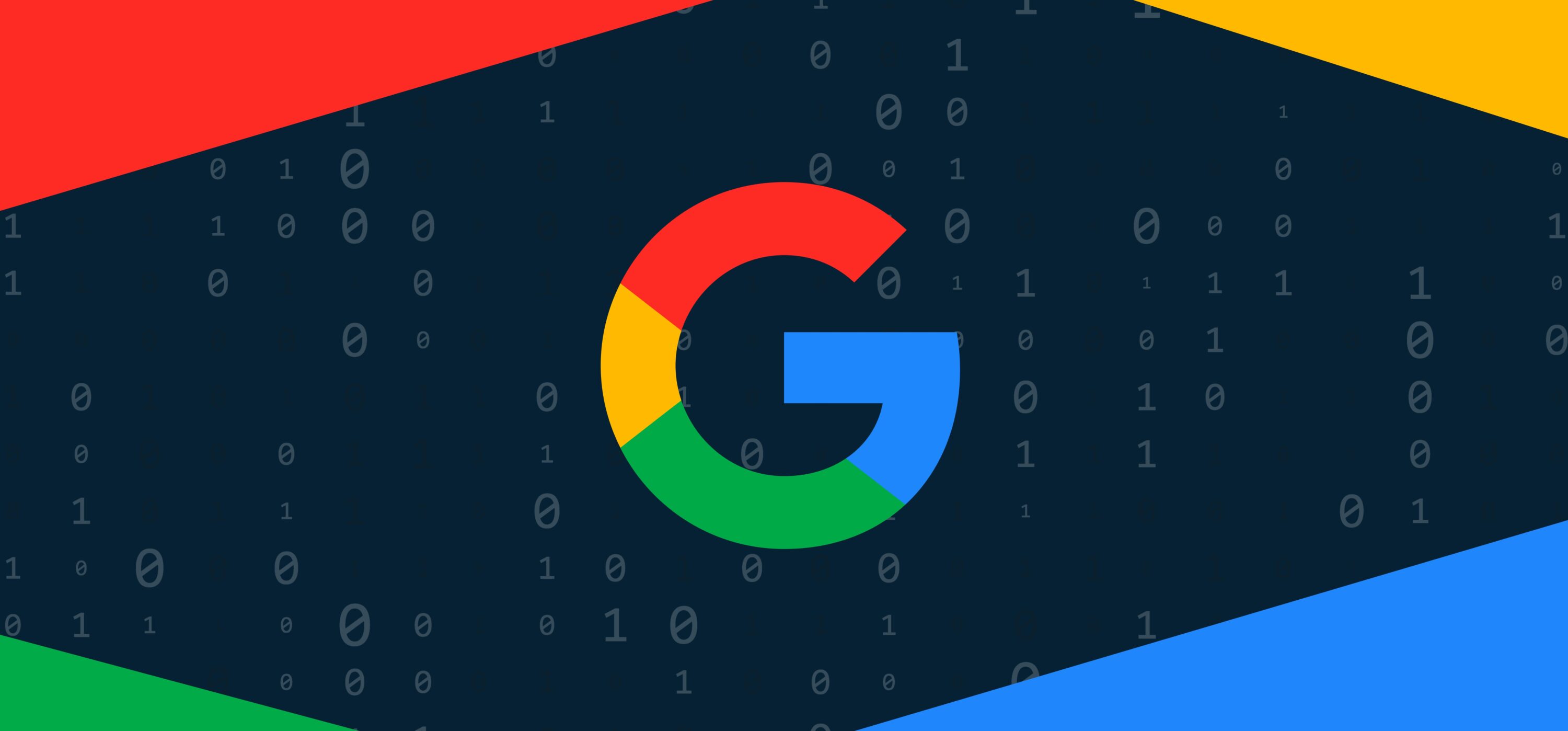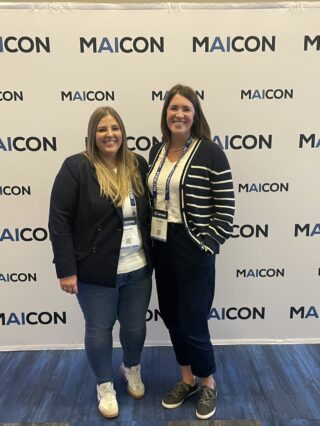Google recently announced a change to their Core Web Vitals, an initiative which aims to reward great user experience on a website. This change is one of many as Google’s continued algorithm updates have left the SEO landscape in a state of flux. What does this mean for marketers? We’ll review what Interaction to Next Paint (INP) is to best prepare you for its impending implementation and potential ramifications if left ignored.
What are Google’s Core Web Vitals?
Core Web Vitals are health metrics that measure real-world user experience for loading performance, interactivity, and visual stability of the page. These metrics are currently named Largest Contentful Paint, First Input Delay, and Cumulative Layout Shift. In March 2024, Google will be replacing First Input Delay with Interaction to Next Paint (INP).
What’s the Difference Between First Input Delay and Interaction to Next Paint?
First Input Delay (FID) measures how fast a website responds to user interaction. For example, if you click a button on a website, you might notice a slight delay before the button visually responds by changing color to indicate it’s been clicked. Since First Input Delay measures the time it takes for the website to acknowledge your action and do something in response, good FID means a website reacts so quickly that the experience feels smooth and seamless to the user.
However, FID only measures the first response of interaction by a particular user, which has led to inconsistencies in user experience, even on the same website.
In contrast, INP is a metric that considers the entire process that contributes to user experience. When you click on that same submit button, Google will measure not only the delay before the button changes color, but also any additional delays before the page updates to show a success message or move to the next screen. INP measures the time from your click to when you see that visible response.
INP works from a sample of the longest interactions that happen when a user explores your page. Since INP measures how long a user must spend to interact with the entire page, it will help create a consistently smooth, fast, and responsive experience for users.
How is Interaction to Next Paint measured?
Interaction to Next Paint measures the time it takes for user input—including click and key presses—to be reflected in the next user interface update. There are three components to this delay:
- Input Delay: Input Delay refers to the time spent waiting for background tasks to complete so the event handler can run. These background tasks could be related to other processes running on the page, and not just the task the user is trying to complete.
- Processing Time: This refers to the amount of time it takes JavaScript to process the user’s input once the event handler is triggered.
- Presentation Delay: Once processing is complete, the page layout needs to be recalculated and that updated content needs to be “painted” on the page. Presentation delay reflects how quickly these changes are shown to your users, which can prevent page abandonment.
How Can Your Website Achieve a Healthy Interaction to Next Paint?
Since this is a new metric that sites were not previously optimized for, some changes will likely need to occur on your website. To start, your website should now aim to have an INP of 200 milliseconds or less for the best user experience. An INP over 500 milliseconds is considered poor.
To reach this goal, aim to achieve a loading time that corresponds to the 75th percentile of page loads. This metric should be evaluated separately for both mobile and desktop devices.
Some ways you can reduce INP include:
- Reducing the amount CPU processing your page needs.
- Running code asynchronously so that the user can experience the changes even as some background processing is still happening.
- Reviewing third-party scripts that may be impacting website responsiveness.
Butler/Till’s Take
While the multitude of updates Google has made to their algorithm may seem daunting, Butler/Till is well-qualified to take on these changes. Our technical SEO expertise ensures that we can identify and offer solutions to website speed issues, that way businesses can know they have a trusted partner by their side.
To be ready for this change, contact us today!





